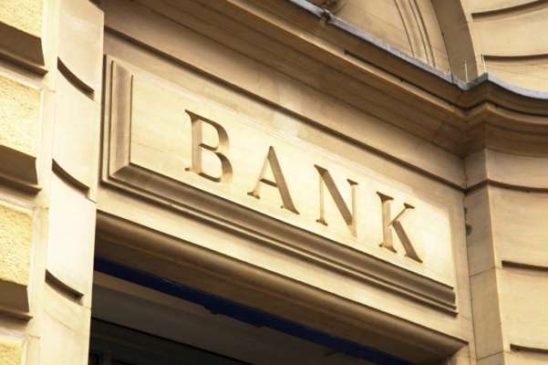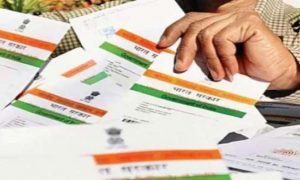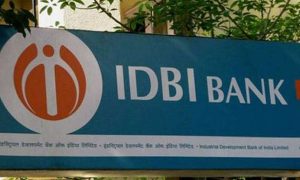When a bank is in trouble and has to close, the person in charge of handling the bank’s closure makes a list of all the depositors and the deposited amount they have in the bank.
Bank failure is a fear of every bank customer, and sometimes non-banking customers are also curious about this. If you have ever wondered about the security of your deposits in banks, don’t worry; most of your money is safe under DICGC, a subsidiary of the RBI.
Deposit Insurance and Credit Guarantee Corporation (DICGC) covers almost all types of deposits you have in the bank, including savings, fixed, current, and recurring deposits.
Read More: Bank of Baroda launches 6,000 UPI ATMs
Types of deposits not covered by DICGC:
- Deposits of foreign governments
- Deposits of central/state governments
- Deposits from inter-bank transactions
- Deposits in cooperative banks
- Deposits in banks operating outside India
According to the Reserve Bank of India (RBI), the DICGC insures principal and interest up to a maximum amount of Rs 5 lakh. For example, if someone has a bank account with Rs 4,95,000 as the main amount and they earn an extra Rs 4,000 as interest, the DICGC would protect all of their money, which will be Rs 4,99,000.
But if the main amount in your account is Rs 5,00,000 and you earn Rs 4,000 as interest, only Rs 5,00,000 would be insured; Rs 4,000 from the interest wouldn’t be protected. This isn’t because it’s interest money; it’s because it’s above the limit that the insurance covers.
Read More: Why is it important to review your bank statement every month?
What if you have multiple bank accounts?
If you have bank accounts at different banks, the insurance limit applies to each account separately, which means the money you have in each bank is protected up to the limit of Rs 5 lakh.
DICGC directly contacts banks
The DICGC doesn’t directly interact with the depositors of failed banks. When a bank is in trouble and has to close, the person in charge of handling the bank’s closure makes a list of all the depositors and the deposited amount they have in the bank. This list is then sent to the DICGC for review and payment. The DICGC gives money to the bank, and it’s the bank’s responsibility to distribute it to the depositors.
Read More: Overdraft: How banks decide your eligibility for OD facility?
How do you know if a bank is insured with the DICGC or not?
The DICGC provides printed leaflets to the banks while registering them as insured banks. The leaflets have information regarding the protection offered by the DICGC to the depositors of those banks. If the depositor wants to know the status of a bank as a DICGC-registered bank, they can make special inquiries to the branch officer in this regard.
What is the reason for bank failure?
According to Vivek Iyer, head of the financial services risk advisory practice at Grant Thornton Bharat, bank failures occur for many reasons, but the most common factor among all failures is how a liquidity crisis turns into a solvency crisis. This translation generally propagates through market jitters, and hence we may see banks providing special liquidity windows in such unfortunate times.
Small depositors vs Large depositors
“Small depositors usually get their deposits back in case of a bank crisis, however, the delays are what cause substantial irritation to customers, as is what is being observed in the recent co-operative bank crisis. While on the other hand, large depositors (defined as customers who have deposit balances above the limit offered under the deposit insurance scheme) will need to wait out the process to see what extent of their deposit is cut that may be applied to them in a restructuring scenario and may vary on a case-to-case basis” Iyer told Zeebiz.com.





































